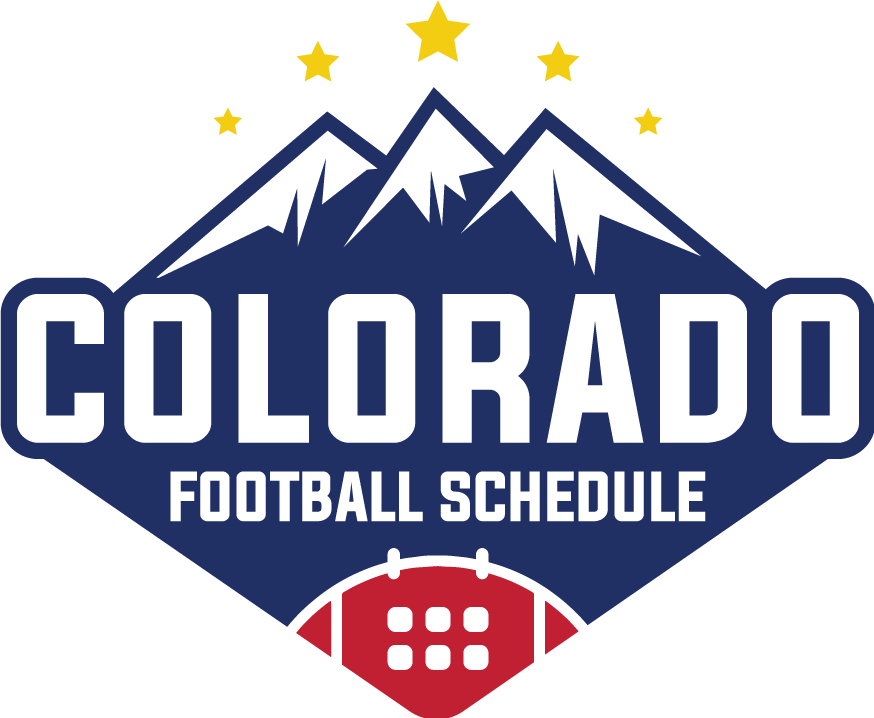A “dynasty league” is a style of fantasy football in which you keep most—or even all—of your players from one season to the next. Instead of starting from scratch every autumn, you build a roster that can thrive for many years, much like a real NFL franchise. This long-term angle changes almost everything: how you draft, trade, and even how you watch actual games on Sundays.
How It Differs from a Regular (Redraft) League
| Feature | Redraft League | Dynasty League |
|---|---|---|
| Roster Continuity | New draft every season; last year’s roster vanishes. | Managers hold on to the bulk of their roster year after year. |
| Draft Style | One big draft before Week 1, then done until next year. | Startup draft in Year 1, followed by a small “rookie draft” each offseason. |
| Strategy Window | Focus on winning right away. | Balance weekly wins with long-range planning. |
| Player Value | Heavily driven by immediate outlook. | Age, contract length, and career arc become crucial. |
In short, redraft is a sprint. Dynasty is a marathon.
The Startup Draft
A dynasty experience begins with a startup draft that usually happens in the late spring or early summer. Unlike a typical fantasy draft, the player pool includes every active NFL athlete—veterans and rookies alike. Decisions here carry extra weight because these picks form the backbone of your franchise for seasons to come.
Tips for the startup:
- Blend youth and reliability. A balanced roster keeps you competitive while still offering upside.
- Quarterbacks matter slightly more. In a league where you may rely on the same passer for a decade, stability at the position becomes valuable.
- Think two to three seasons ahead. A 32-year-old running back may be a stud today but could fade just as you’re hitting your peak.
The Annual Rookie Draft
After Year 1, most leagues hold a short rookie-only draft every spring, usually three to five rounds. Only first-year NFL players are eligible. The draft order is often determined by the previous season’s standings: the champion picks last, the last-place team picks first.
Because these rookies are landing on rosters built to last, their value hinges on both talent and patience. A young wide receiver might take a couple of seasons to blossom; dynasty owners can afford to stash him.
Roster Management All Year Long
Trading
Deals in dynasty have extra layers. You might swap a proven star for promising prospects and future picks if your squad needs a rebuild. Conversely, a contending team may gladly send away next year’s draft capital for a veteran who tips the scales in a playoff push.
Waivers and Free Agency
Player pools dry up quickly, so the in-season waiver run is more about hidden gems—undrafted rookies or backups thrust into starting roles by injury.
Injured Reserve (IR) Spots
Most leagues expand IR slots, letting you stash hurt players without dropping anyone. This feature reflects real-life teams that park injured athletes until they’re back.
Why People Love It
- Year-Round Engagement
There’s always something to do: scouting college prospects, evaluating trades, reading camp reports. - Deeper Connection to the NFL
You’ll care about late-round rookies and backup linemen. Every preseason snap gains importance. - Long-Term Storylines
Watching a pick evolve from raw prospect to fantasy superstar is wildly satisfying. - Community and Rivalry
Because managers stay in the same league for years, storylines and friendly grudges grow naturally.
Common Challenges
| Challenge | Why It Happens | How to Handle It |
|---|---|---|
| Orphan Teams | A manager quits, leaving a weak roster behind. | Recruit new participants by emphasizing the fun of rebuilding. Offer a dispersal draft if multiple orphans appear. |
| Competitive Imbalance | Early mistakes can haunt for years. | Include trade deadlines, salary-cap rules, or rookie draft lotteries to maintain parity. |
| Rule Disputes | More moving parts mean more grey areas. | Write a clear constitution covering scoring, payouts, and playoff tiebreakers. |
Draft-Day Mindset Shifts
- Value Youth, but Don’t Chase Only Potential. A roster packed with 21-year-olds may look like an investment, yet it won’t help much if nobody reaches star status.
- Treat Age Like a Ticking Clock. Running backs often hit a wall around age 27-28. Wide receivers enjoy longer peaks. Tight ends and quarterbacks can thrive well into their 30s.
- Stash Quarterbacks in Superflex Formats. In leagues where you can start two passers (“superflex”), having several signal-callers is a safety net and a powerful trade chip.
Rebuilding vs. Reloading
Rebuilding is a full reset. You ship away veterans, stockpile draft picks, and embrace short-term pain for long-term gain.
Reloading tweaks a contender already near the top—flip a fading veteran for a younger starter, grab an undervalued asset, or move down in the rookie draft for extra picks. Both paths require honesty about your roster’s place on the win curve.
Navigating Player Value Over Time
Imagine three identical running backs entering the NFL:
- Rookie Year: All worth similar mid-round rookie picks.
- Year 3 Breakout: One becomes a top-five fantasy back.
- Years 4-5 Peak: His value spikes.
- Year 6 Decline: Touches dip, injuries rise, value tumbles.
In dynasty formats, timing a sale at the top—or buying low before that breakout—can decide championships. The longer window rewards fans who follow coaching changes, contract news, and depth chart shifts.
How to Start Your Own Dynasty League
- Gather Committed Friends. Seek folks ready for a multi-season hobby.
- Choose a Hosting Platform. Sleeper, MyFantasyLeague, and ESPN all offer dynasty settings.
- Draft a Constitution. Spell out roster sizes, scoring, rookie draft order, trade veto rules, and dues.
- Plan the Startup Draft Date. Allow several hours; 25-30 rounds can take time.
- Keep Communication Flowing. Use a group chat or forum for trades, smack talk, and reminders.
Practical Tips for New Managers
- Study Rookie Classes Early. College highlights and combine numbers help you gauge who might shine.
- Track Defensive Changes Too. A star running back behind a shaky line could struggle; improvements in blocking boost value.
- Avoid Overreacting to One Game. Dynasty rewards patience.
- Review Other Managers’ Needs. Trade offers work better when they solve problems for both sides.
- Hold a Midseason “State of the Team” Check-In. Decide whether you’re contending or rebuilding, and act accordingly.
The Emotional Side
Dynasty leagues spark a different type of fandom. You’ll find yourself cheering for late-round rookies on underwhelming franchises, groaning when your prized tight end drops a pass in December snow, or tracking injury reports like a detective. The narratives run longer, and the victories feel sweeter because you lived through the growing pains that led to them.
Frequently Asked Questions
Q: Is dynasty harder than redraft?
It’s deeper rather than harder. The basics—set a lineup, score points—stay the same. Added layers like prospect scouting simply extend the fun.
Q: What if a manager becomes inactive?
Find a replacement as soon as possible. Offer reduced entry fees or extra rookie picks to entice new blood.
Q: Can a dynasty league fold?
Yes, but clear bylaws and an engaged commissioner help avoid that fate. A group invested in the format will usually keep things rolling.
Final Thoughts
A dynasty league turns fantasy football into an ongoing saga, blending short-term excitement with long-term strategy. By valuing both present production and future potential, managers craft narratives that stretch across NFL seasons. If you relish football beyond the box score, crave year-round action, and enjoy watching young players grow into stars under your virtual banner, dynasty might become your favorite way to enjoy the sport.


Leave a Reply